Top 5 Natural Appetite Stimulants for Cats
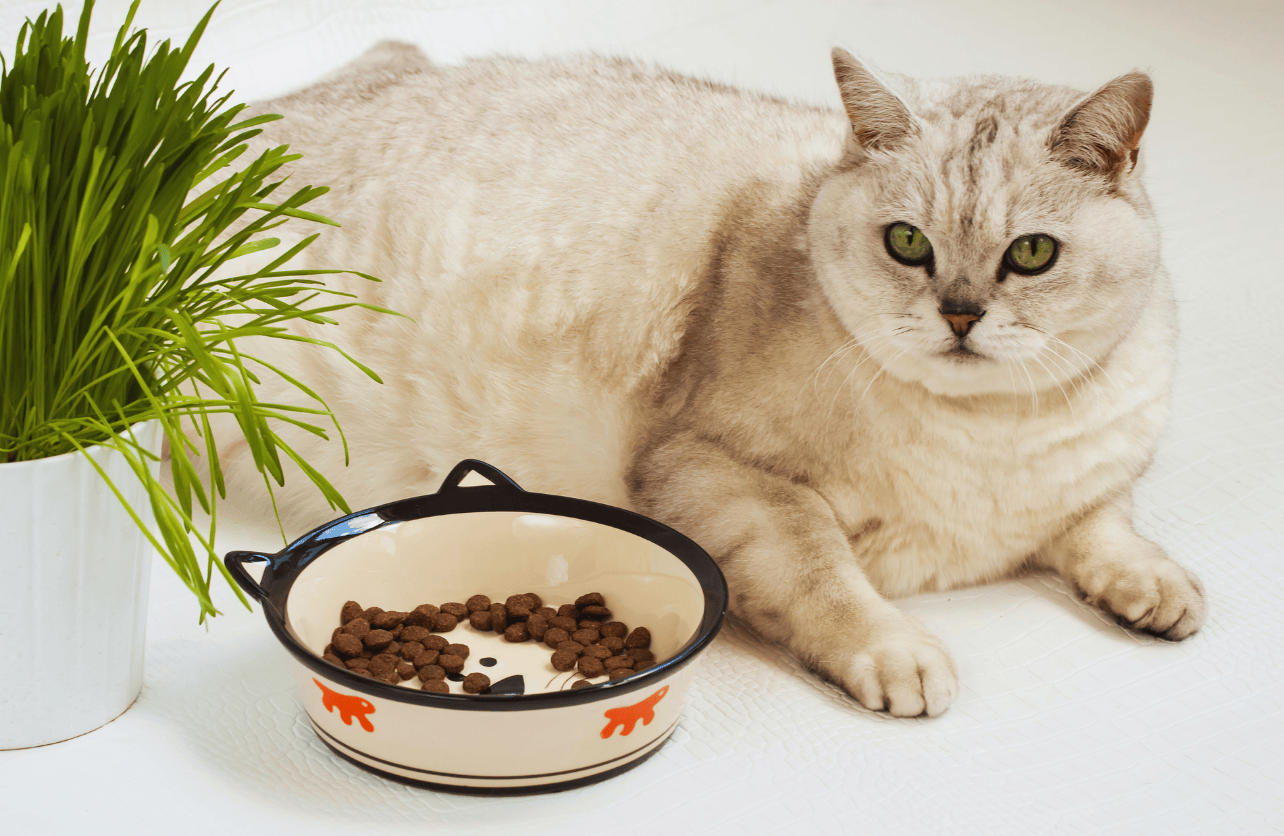
Cats can be notoriously picky when it comes to food. If your feline friend is turning up their nose at mealtime, it might be tempting to reach for medication or appetite stimulants prescribed by a veterinarian. However, there are also gentle, natural ways to encourage your cat to eat. From aromatic ingredients to stress-reducing remedies, there are many options to explore. Below, we’ll delve into five effective natural appetite stimulants for cats and share insights on how they can help reignite your cat’s mealtime enthusiasm.
1. Warming and Aromatic Wet Food
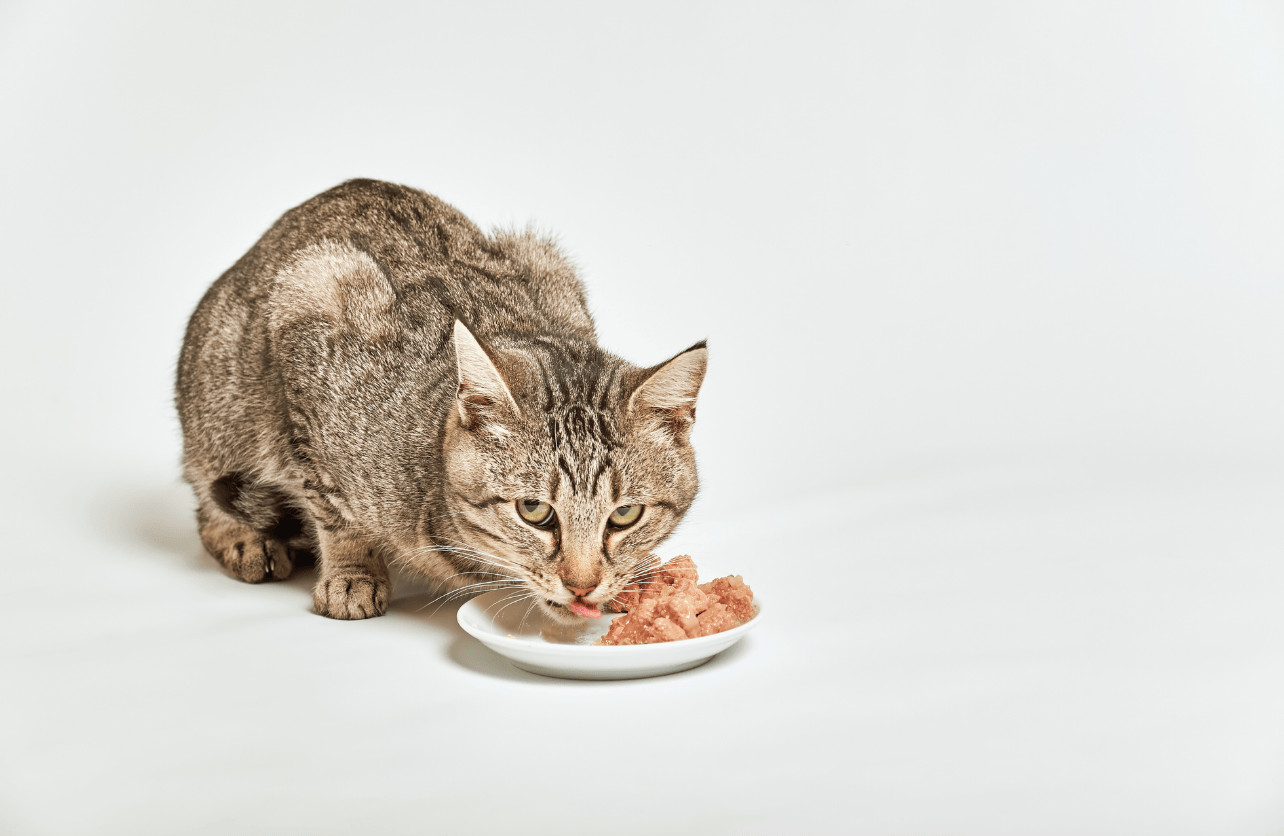
Sometimes, the simplest solutions are the most effective. Cats rely heavily on their sense of smell to decide whether or not something is appealing to eat. If the aroma isn’t enticing enough, a finicky cat may walk away from the food bowl. Gently warming wet food is a tried-and-true method to enhance its scent and, in many cases, boost palatability. You can accomplish this by placing the food in a small microwave-safe dish and heating it for just a few seconds. Alternatively, you could warm it by submerging a sealed container of the food in a bowl of hot water. Either method will increase the release of natural aromas that might pique your cat’s curiosity.
Consider choosing food varieties that contain real meat or fish as the first ingredient, as these naturally emit a strong scent. If your cat is especially reluctant to eat, you can try mixing in a little bit of warmed low-sodium chicken broth to further tempt them. Just be sure to test the temperature before offering it to your cat so it’s not too hot.
2. Catnip and Silver Vine
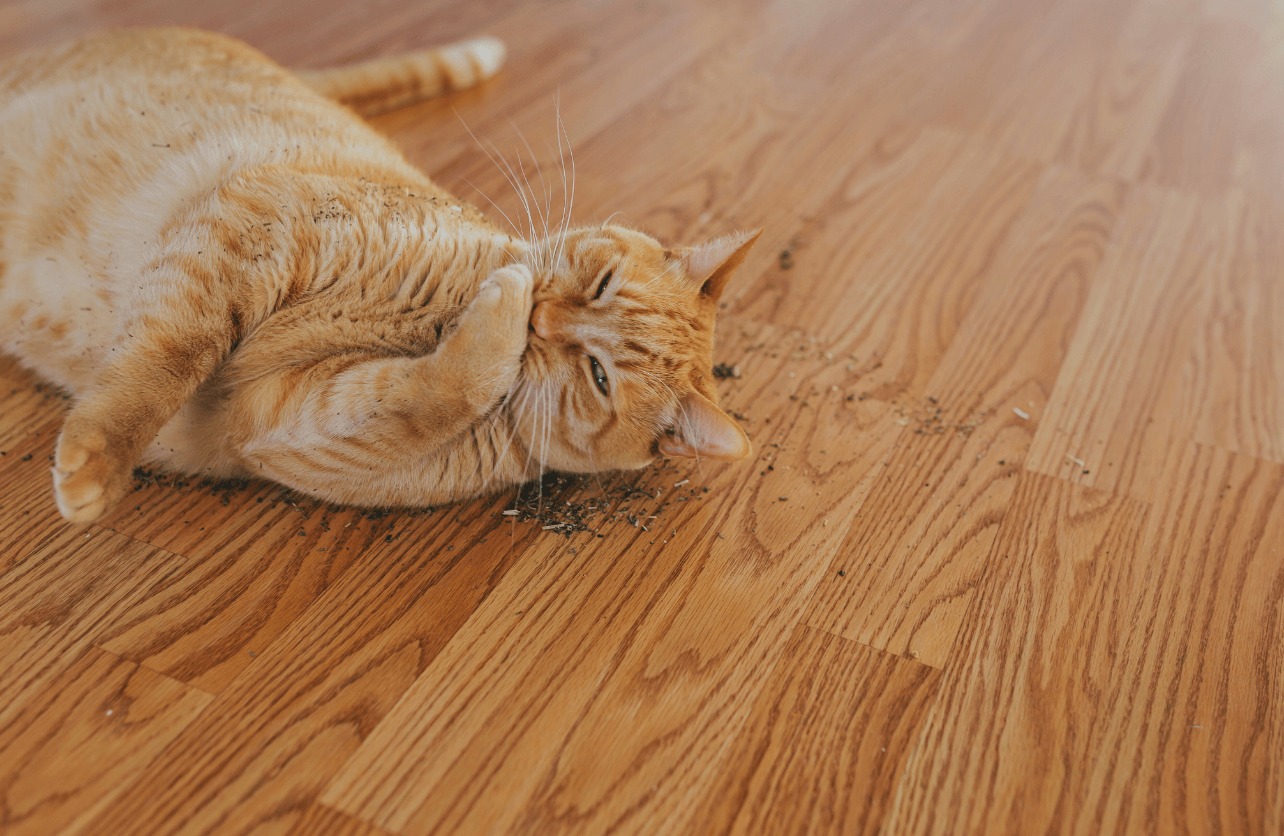
Catnip (Nepeta cataria) is known for its ability to induce playful and often euphoric behavior in many cats. Though it may not directly cause them to eat more, it can reduce stress and anxiety that might be suppressing their appetite. Some cats who enjoy catnip become relaxed afterward, and a calmer demeanor can lead to increased interest in food.
If your cat is one of the exceptions who seems indifferent to catnip, you might try silver vine (Actinidia polygama). Similar to catnip, silver vine can boost your cat’s mood and decrease tension. For best results, offer these herbs in moderation. Keep some dried catnip on a toy or sprinkle a little near the feeding area, and note whether your cat’s eating habits improve.
3. Bone Broth
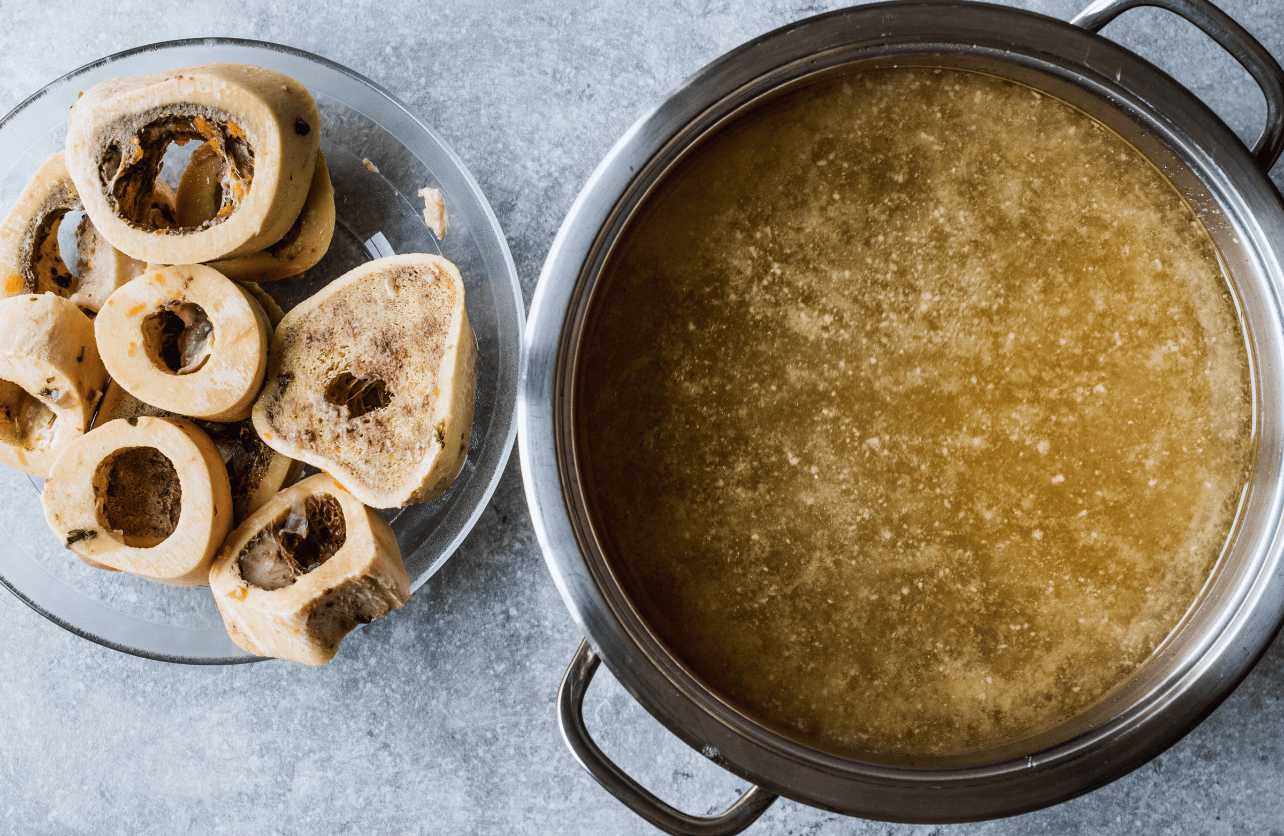
A wholesome bone broth made from chicken or beef can be an excellent way to entice a reluctant eater. Bone broth is rich in nutrients like gelatin and amino acids, which can support digestive health and joint function. Since broth is also fragrant, it can serve as an aromatic lure to draw your cat to the food bowl.
When incorporating bone broth into your cat’s meal, use a small amount to moisten kibble or drizzle it over their usual wet food. You can even warm the broth slightly to maximize its appetizing smell. However, make sure the broth is free of added ingredients like onions, garlic, and excessive salt, as these can be harmful to cats. If you’re preparing homemade bone broth, simmer plain bones in water and skim off any fat, ensuring it’s as mild as possible.
4. Chamomile for Stress Relief
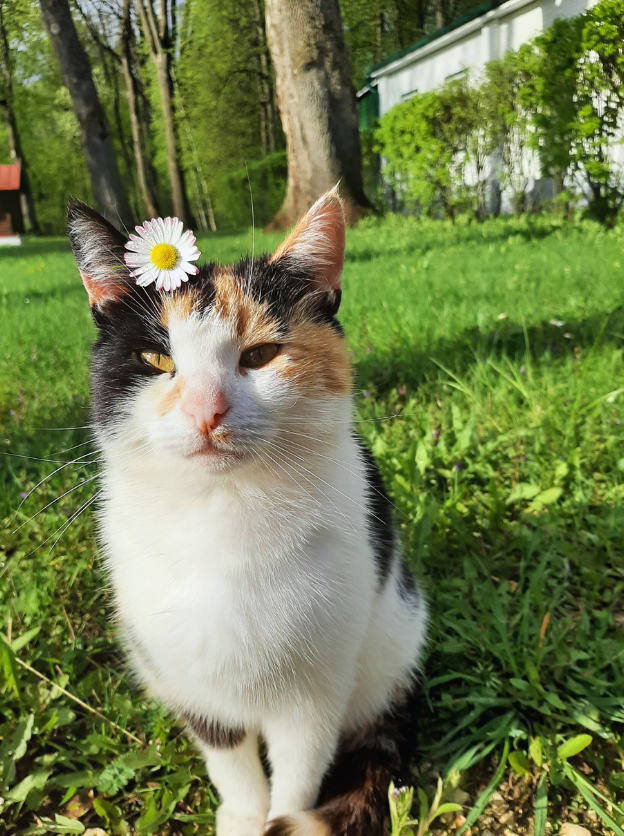
Stress and anxiety are common appetite suppressors in cats. A tense cat may hide or refuse meals because their environment feels unsafe. Chamomile is widely regarded as a gentle calming herb for humans, and it can also help soothe cats in some cases. While you should never give your cat chamomile tea directly without a veterinarian’s approval—some plants labeled “chamomile” can be toxic to animals—there are feline-safe chamomile extracts and sprays available. These are specifically formulated for pets and can help reduce tension when used correctly. Once a stressed cat starts to feel more relaxed, their appetite often returns.
In addition to chamomile, consider the overall setting where your cat eats. A private, quiet feeding space free from foot traffic and loud noises can reduce anxiety and make mealtimes more pleasant. Try to keep the same schedule every day so that your cat knows when to expect food, which further helps alleviate stress.
5. Nutritional Yeast
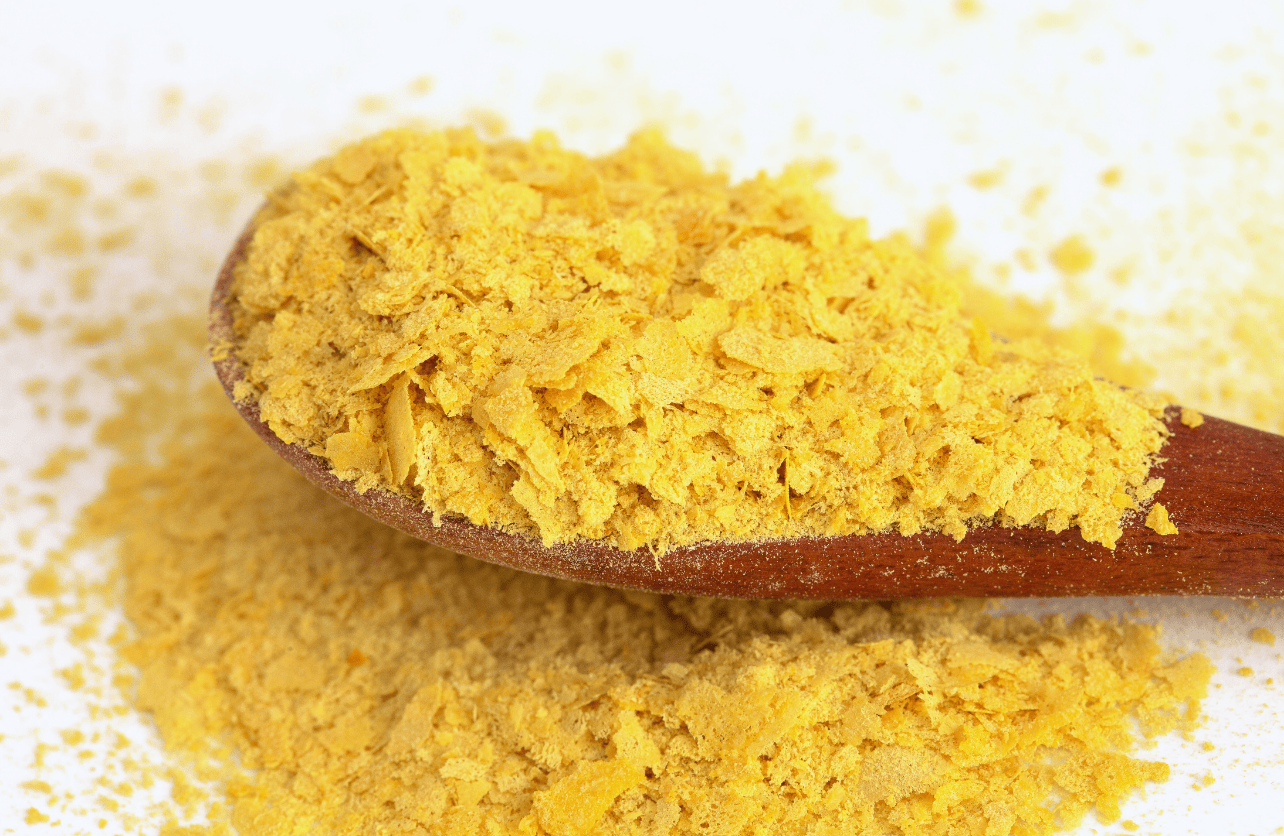
Also known as “nooch” in human culinary circles, nutritional yeast can work as a flavorful topper to coax a picky cat toward the food bowl. Its nutty, cheese-like taste appeals to some felines, and it contains B vitamins that can support overall health. A light sprinkle over wet or dry food may spark new interest in a cat that’s showing little enthusiasm.
When you decide to introduce nutritional yeast, start slowly with a small amount to gauge your cat’s reaction. Monitor for any digestive discomfort or changes in stool. Assuming your cat tolerates it well, nutritional yeast can serve as an occasional treat or a flavor enhancer in moderation.
Additional Considerations
Remember that a persistent lack of appetite in cats can sometimes indicate a medical issue. While natural appetite stimulants can be helpful, it’s critical to rule out underlying conditions like dental pain, kidney disease, or gastrointestinal disorders. Schedule a veterinary check-up if your cat’s reduced appetite lasts more than a day or two or is accompanied by symptoms such as lethargy, weight loss, vomiting, or diarrhea. Early intervention can help address health problems before they become more serious.
You should also consider stressors at home. Changes in routine, a new pet, or unfamiliar visitors can affect a cat’s feeding habits. Addressing sources of anxiety and creating a calm, consistent environment is often the first step in resolving appetite issues.
Wrapping Up
Encouraging your cat to eat without relying on medication is possible when you tap into nature’s own solutions. Warming wet food can reignite a cat’s interest in mealtime through enhanced aroma. Catnip and silver vine may calm an anxious feline or help them feel more playful, indirectly supporting a healthier appetite. Bone broth offers both flavor and nutritional benefits, while chamomile-based products can ease stress-related avoidance of meals. Finally, a dash of nutritional yeast can turn a plain dish into an enticing experience.
These natural appetite stimulants are most effective when used in tandem with thoughtful environmental management. Make sure your cat’s surroundings are comfortable and consistent, and keep an eye on any lingering appetite issues. By combining these strategies and staying attentive to your cat’s needs, you can help your furry companion overcome picky eating habits and maintain a healthy, enjoyable mealtime routine.
Your Pet’s Best Interest, Always
At Pet Institute, we take pet care seriously. We're dedicated to transparency, impartiality, and the well-being of your pets in every article, review, and recommendation we provide. Our unwavering commitment to these principles ensures that you, our valued reader, always receive reliable and unbiased information. Let us be your trusted guide in the world of pet care and companionship.